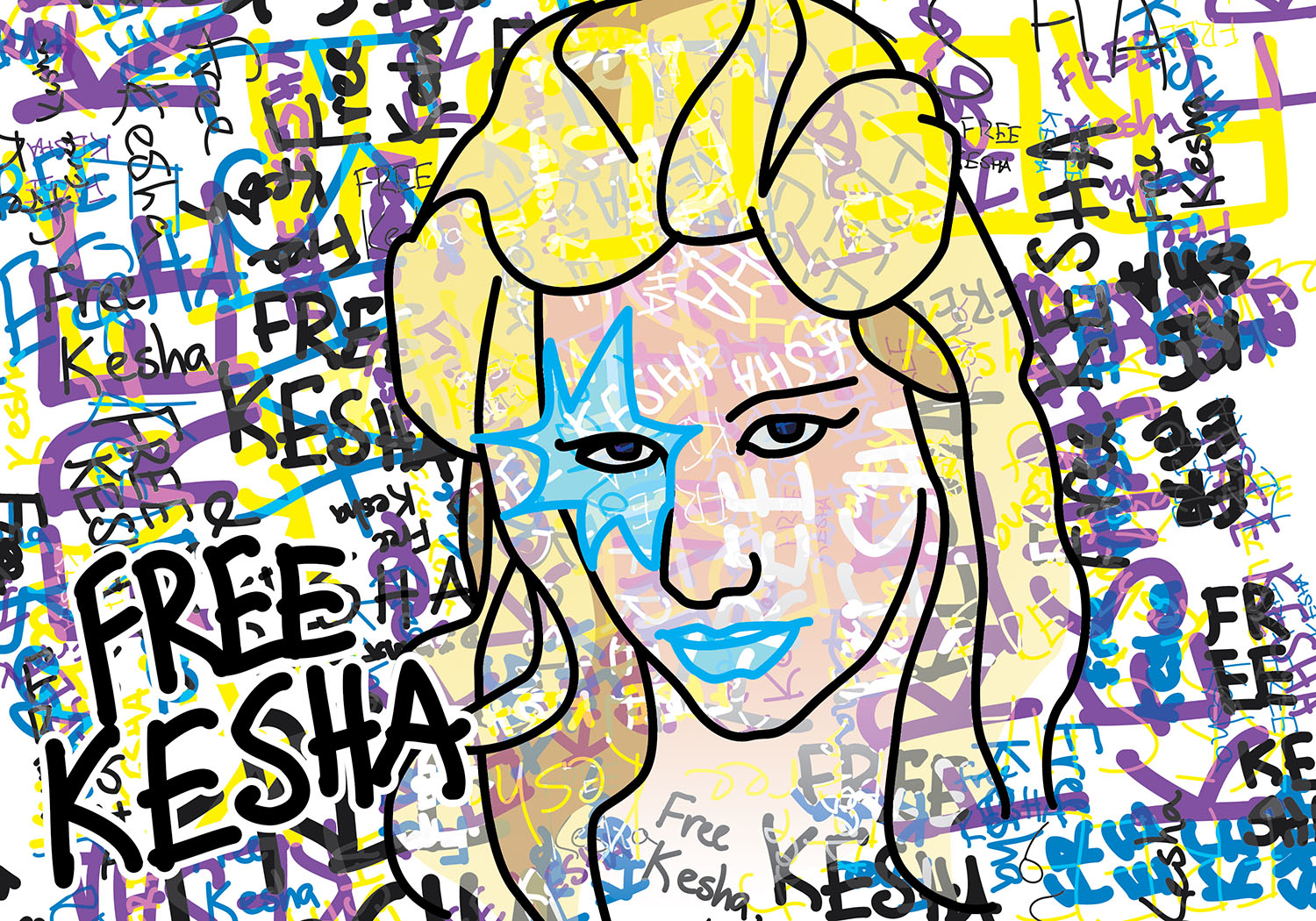
5 Questions profiles School of the Art Institute of Chicago (SAIC) students and faculty at work, in the school, and beyond. For this edition of 5 Questions, Amanda McLin sat down with artist and current SAIC student Jesus Hilario to talk about his time at SAIC and how he represents identity in his work.
1.Could you tell me about what drives your art practice?
I grew up in a Dominican home, where blackness is not something I identified with because of the historical context surrounding the Dominican Republic. It is the only country that has gained its independence from a black country — Haiti. The Dominican Republic tends to identify more with Eurocentrism, and there is a neglect of African features. So, coming to America I had identity issues. At first I didn’t identify as black and through figuring out what “race” actually is, I began to accept my blackness and exactly what comes with it. So in my work I want to address a lot of these issues that impact both communities such as color-ism, anti-blackness, and erasure. I create as a way to reclaim my Afro-Latino identity and what has been taken away from me.
2.Have you ever found it difficult to speak to your identity as both Latino and Black?
I have faced prejudices from some Latino communities. I grew up on the South Side of Milwaukee in a majority Latino community. In many Latino communities we speak Spanish but that doesn’t necessarily unite the entire community. In Milwaukee, I would go to grocery stores and other places and they would speak negatively about me in Spanish and assume I didn’t know what they were saying. Blackness exists in Latin American countries as well. I actually struggle with this issue within my family a lot.
3.How do you believe your experiences living/growing up in Puerto Rico have impacted the way you view yourself and your work here in Chicago?
I lived in Puerto Rico for the first four years of my life and I knew no English coming here. I had to learn English but I had always culturally grown up in a Latino community. [In America], I transitioned from just being “Dominican” to being black without realizing that. I feel that I can identify with a lot of the issues black Americans face because they can affect me and they do affect me. I would like to speak on these issues that affect both Afro-Latinos and African Americans. My piece “Agua Negra” especially speaks on this, because it highlights the socio-economic and political limitations many people of color face. I had to create my own space of intersectionality.
4.How do you feel that SAIC is aiding in your growth as an artist?
Chicago is a very different city than Milwaukee. Back home there is a lot of rivalry and tension within the young art community. I felt a little restricted in Milwaukee because I didn’t have access to all the things I have access to now at SAIC. Coming here has given me a surge of energy that I needed to make more ambitious work. I’m very critical about my own work. [But] In critiques it is like people are scared to say the wrong thing. I feel like there should be a mandatory course about racial issues and how they affect students at our school. Overall, SAIC is definitely helping me grow.
5.Your most recent piece “Pajaros del mismo plumaje (Birds of a Feather),” which was also a protest, took place in Grant Park. Could you talk a bit about that piece and your experience of how it was received?
I have been really interested in mixing my activism with my artwork and I believe this piece is a culmination of that. The history of burlap is deeply integrated with the Americas and the slave trade. Jute, which burlap is derived from, is also the same material as nooses. So this material speaks to the oppression of black and brown people. I sewed these burlap bags together with blue thread, the color of police uniforms, which was very important in tying the materials into contemporary society and stating that policing is a form of modern day of oppression. I would like to surround these protests around traumatic, post-colonial, iconic monuments and places such as the Christopher Columbus statue. It is a silent protest so all the protestors have to be silent for 28 minutes, which is symbolic of a black or brown person being shot by the police every 28 hours. This piece also acts as a space to mourn the people that we have lost, which is why some of the burlap sacks are empty. It made people uncomfortable and reminded people of their privilege. In the future I want to make it more understandable by possibly incorporating a sign or text on burlap. I’m used to painting and that experience is very different than performance art. In performance it’s like taking on a different persona.







